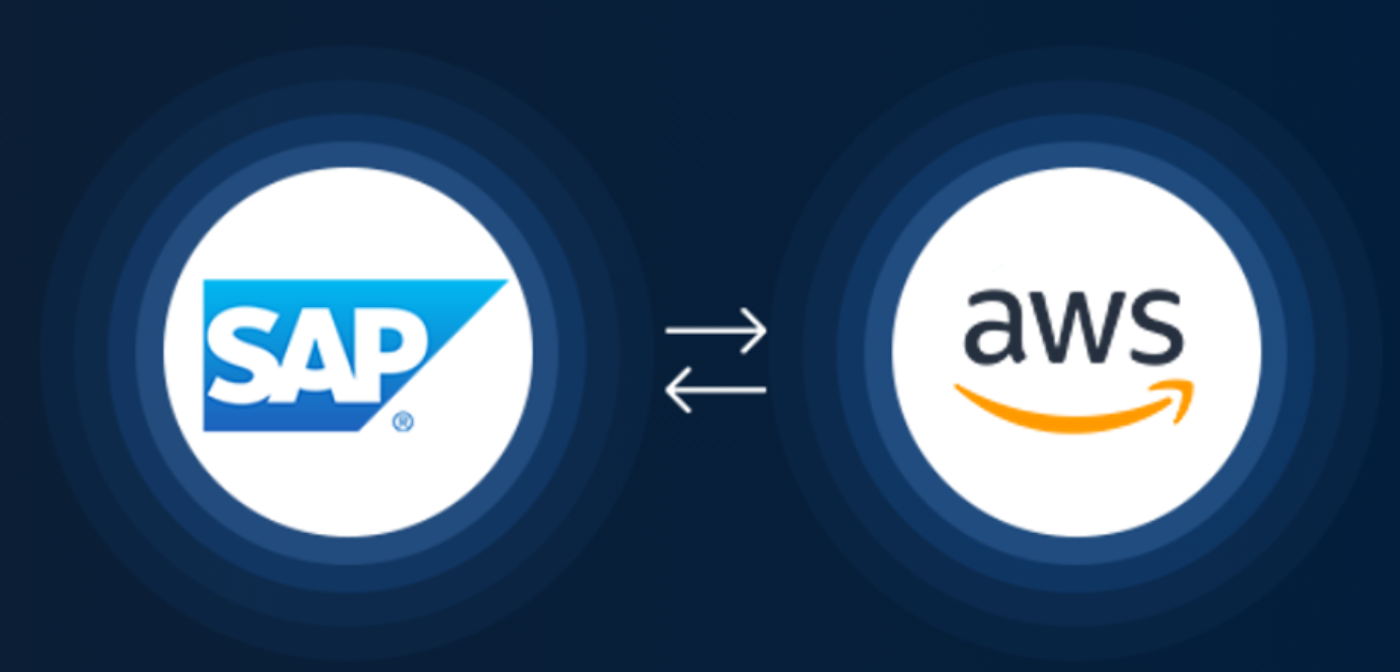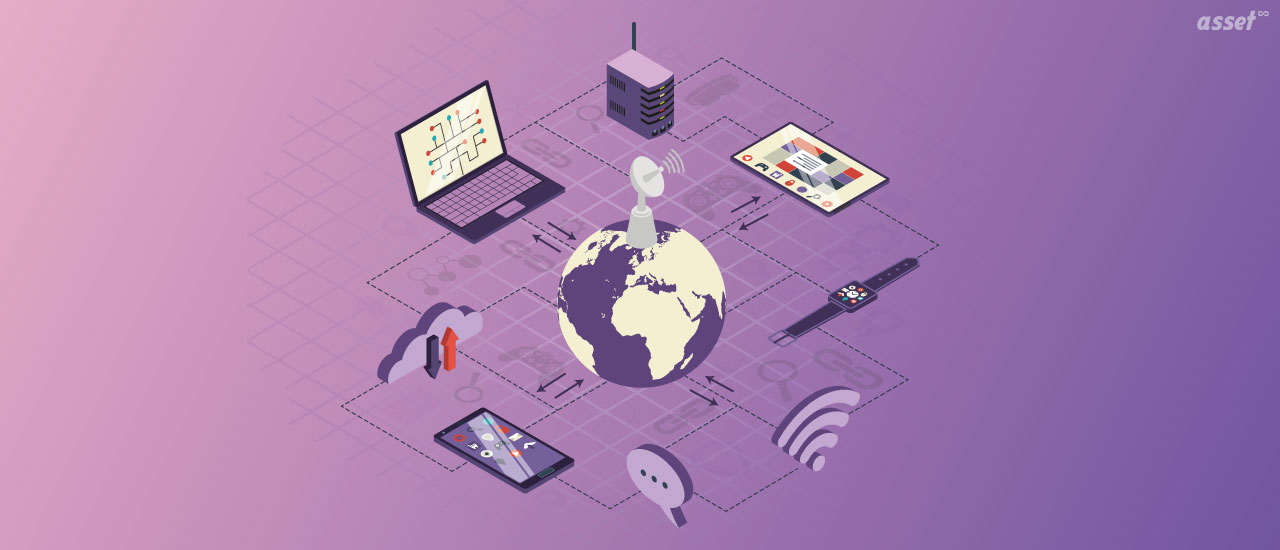The majority of users or consumers are cognizant of product descriptions through the identities of their brand image. It’s possible to convince consumers if you advertise your company’s brand voice correctly.
These brand voices can take the shape of well-known and distinctive slogans, appealing symbols or logos, etc. Also, it’s critical to promote these brand voices online as well as other advertising platforms so that customers can quickly recognize your company.
Brands can now interact with their consumers daily via internet media social media channels and receive constructive opinions on products thanks to digital marketing.
As a result, if social networks are utilized effectively or directed, they can be very helpful in enhancing the ideal brand voice for your company and conducting business advertising extremely easy.
But before that, perhaps you’d like to understand what a brand voice is and how beneficial it could be.
With the support of exceptional slogans, interesting and catchy icons and symbols, and unique and enjoyable brand names that are easy to recognize, brand voices assist in maintaining the brand’s involvement with its consumers.
Whether you focus on developing your brand, you should begin by coming up with a unique name for your company. Customers will recognize and remember your things based on their brand name. It aids in the comprehension of the company’s niche.
Before establishing a brand voice, keep the following in mind:
Consistency: To remain out the most, your brand’s new slogan, icon, or symbol should be accurate. Brands that change their slogans constantly face the risk of becoming lost in the rat race. As a result, once you’ve agreed on a certain niche for your company, the slogan and emblem should be selected as the sample.
Brand Name: This is not a minor consideration; the brand name should be memorable enough to grab people’s attention, and it must accurately describe the product. If you want to start a business in a highly competitive sector, picking the right brand name is critical to your success.
Branding: This can apply to a variety of places from which you can sell your company’s products, but it primarily pertains to efficiently branding your company throughout all social networking sites. You may immediately interact with your potential customers and gain daily feedback on your items by developing a solid digital presence for your company.
Interaction: Promote a strong interaction with your customers and stay updated on the introduction of new products that require the use of social sites. Following the latest digital marketing trends is the most effective approach to stay in touch with your customers and keep them interested in your company.
Icons and logos: Among the most important aspects of developing a suitable brand voice for your company is the use of icons and logos. People hunt for the icon or emblem that attracts them to a particular brand or company after hearing the brand’s name. As a result, if you’re starting a new firm, you’ll need to come up with a logo that creatively symbolises the company’s specialisation.
Developing the right brand voice may appear to be a difficult effort initially, but if you’ve found out the best advertising plan for your company or brand, this process can be quite beneficial to your company’s success.
Following these methods will help you develop a successful brand voice:
1. Select a catchy tagline:
Selecting a memorable and successful slogan for your company or brand is not one that should be taken for granted. Your firm’s tagline should represent the niche of your firm and give a rough understanding of the principles you believe in.
2. Take a look at your marketing technique:
Developing the ideal marketing approach that caters to the needs of your customer and your company aids in efficiently developing the brand’s visibility both digitally and on-site. Maintaining a good digital presence on social networking sites requires consistency.
3. Carry out a survey:
Only by conducting a thorough survey on the brand image will you be able to determine whether your product’s advertising successfully reaches your ideal customers. Understanding what your target audience thinks about your brand is critical to your country’s success.
4. Know who you’re trying to reach:
Whether you decide to put a product on the market, you should conduct extensive research to understand your potential audience’s needs and what they value most in a product.
These are some of the fundamental aspects of properly establishing your brand voice. Following these methods will put you on the right track to developing a strong digital presence for your brand or company.
Last Thoughts:
In today’s world, when customer competition is very high, it’s critical for entrepreneurs who want to build their own company to devise effective techniques for keeping their customers and target audiences interested in their products.
While social media sites have made it much simpler to sell your products and communicate with your potential customers continuously, firms must maintain the same level of enthusiasm to keep their digital presence. Among the most important aspects that can help your company stand out is developing an effective brand voice.




